Category: Early Christianity
St Barruc’s Well is today capped and the once healing waters were diverted to make way for a Butlins holiday camp in 1965. Luckily though descriptions of the well survive. Wirt Sykes in British Goblins (1881) tells us that ‘on Barry Island, near Cardiff, is the famous well of St.
St Barruc is said to have been buried on Barry Island, possibly at the chapel which was dedicated to him. The ruins of this chapel are on Friar’s Road overlooking Jackson Bay.
St Elian’s Well, like most Holy Well’s was associated with having healing properties until around 1723 when it developed a reputation for being a cursing well. Thought to have sprang forth to quench the thirst of St Elian in the 6th century, the well was a source of pilgrimage for many centuries.
The Ysgyryd Fawr is a hill 486 metres in height, found ten miles from the English border. It is the most easterly of the Black Mountains, and is situated in the Brecon Beacons National Park. The name Ysgyryd Fawr pertains to the shape of the hill, indicating that it has been ‘shattered’ and it has often been anglicised from the Welsh to ‘The Skirrid’ in English.
The remains of this building, close to Din Lligwy and the Lligwy cromlech can cause the visitor to stop and ponder why a chapel was built in this isolated evocative position overlooking L
Saint Tudno (pronounced Tidno) was allegedly one of the seven sons of King Seithenyn, whose legendary kingdom Cantref y Gwaelod (see The Lost Land of Wales) in Cardigan Bay was submerged by tidal activity. In reparation of his father’s neglect, he studied at St.
Almost two miles north of Barmouth on the A496 is the parish of Llanaber, and the not to be missed, Llanaber church. It dates from the early 13th Century, and is dedicated to St. Bodfan with a later dedication to the Virgin Mary.
Llangelynin church is one of the oldest and remotest churches in Wales; it dates from the 12th Century. Saint Celynin might have erected a religious edifice on the site in the 6th Century since St. Celynin’s well is in the corner of the church yard. The well is a small rectangular pool with stone seats and stone walls. It was reputedly famous for its ability to cure sick children.
Saint Bueno was born in Powys, and became a missionary who had the protection of the King of Gwynedd, Cadfan. Bueno was awarded the village of Clynnog Fawr where he founded a church in 630.AD. Later the site became a monastery of great importance in Wales, since manuscripts have been found to say that the Abbot of Clynnog was entitled to a seat at the court of the King of Gwynedd.
In Clynnog Fawr, the shrine to Saint Bueno is a disproportionately large church for the size of the village, it dominates the area, and it’s probably one of the most important churches in North Wales.

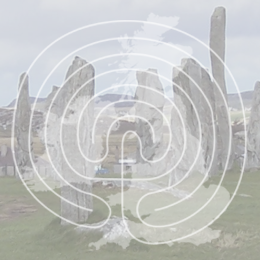
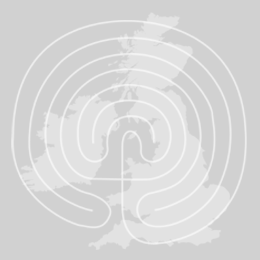

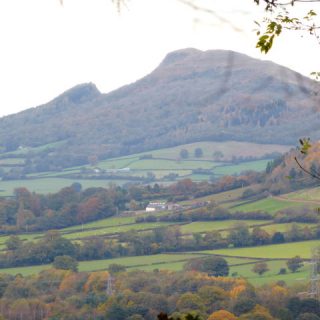
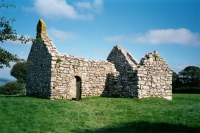
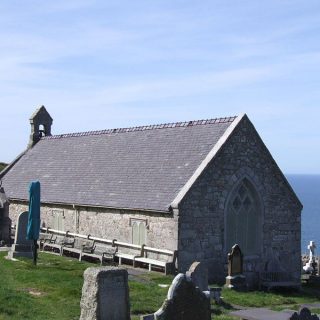
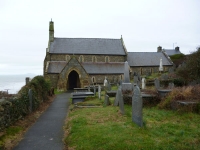
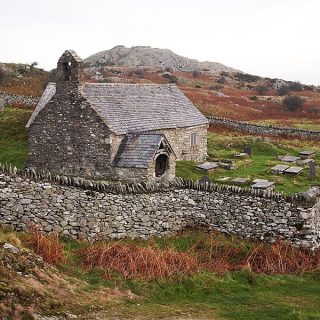
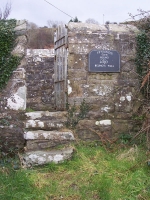
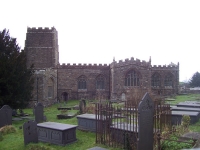
Recent Comments